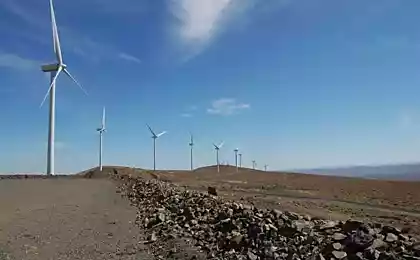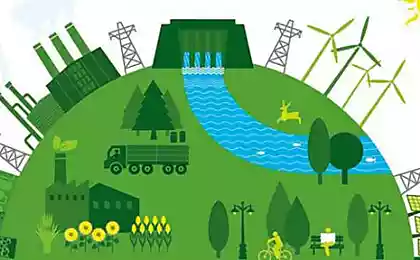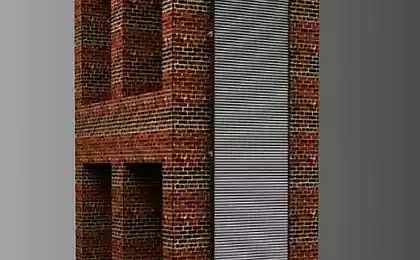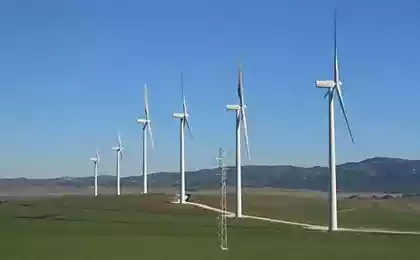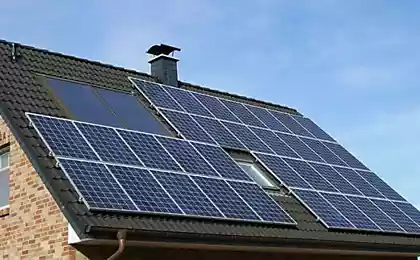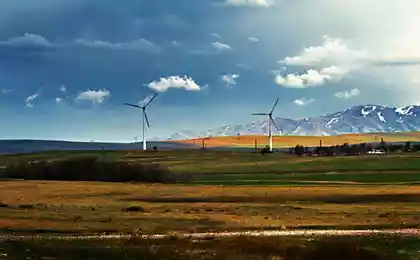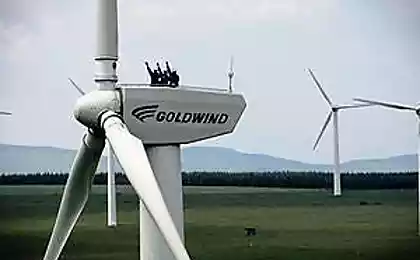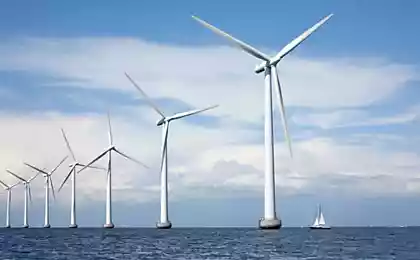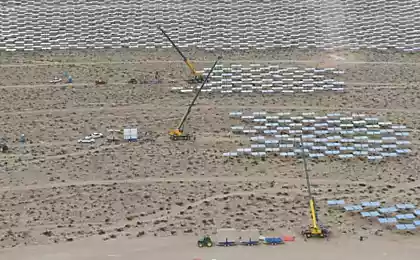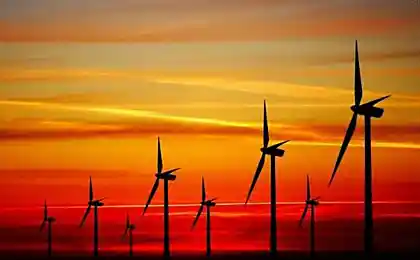507
ROI analysis of two models of wind turbines with 2 MW capacity
Opponents of alternative energy sometimes very much like to bring the same argument, saying, solar panels are not able to recoup itself, for all the work they produce as much energy as was expended in their production.
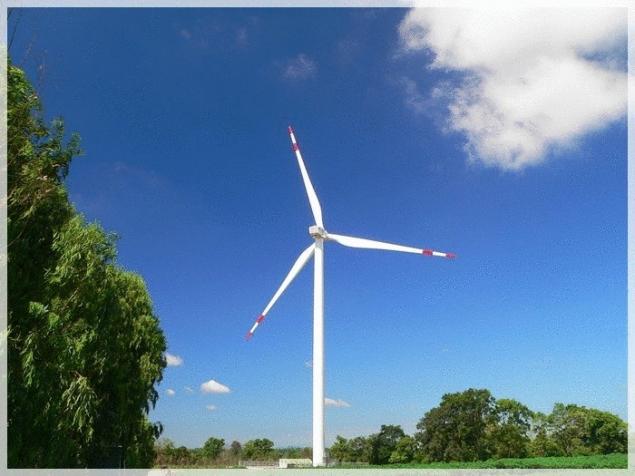
The statement is doubtful and not supported by the facts. In fact manufacturers of solar panels have another question: how to compete for investment with the manufacturers of wind generators? They really were able to achieve profitability of its power plants, not taking handouts from the state.
Experts from the school of technical and industrial engineering the University of Oregon decided to conduct an ROI analysis of two models of wind turbines with capacity of 2 MW with a lifetime of 20 years.
The calculation took into account:
-the energy costs of mineral extraction;
-manufacture of all parts;
-delivery of parts of the wind download from different factories;
-installation costs;
-maintenance costs for 20 years;
-disposal costs.
Thus, it was found that 78 per cent of energy on a 20-year lifecycle of a wind installation is consumed at the production stage, primarily, to the manufacture of components made of steel, copper, fiberglass and plastic.
Capacity of wind power in the North-West of the USA is of 6.12 GWh per year, with the workload only 35%. Thus, researchers have estimated that the energy payback period of windy power is 0.53. For six months, pay costs, not only in production but also the maintenance costs for the entire period of operation.
Source: zeleneet.com

The statement is doubtful and not supported by the facts. In fact manufacturers of solar panels have another question: how to compete for investment with the manufacturers of wind generators? They really were able to achieve profitability of its power plants, not taking handouts from the state.
Experts from the school of technical and industrial engineering the University of Oregon decided to conduct an ROI analysis of two models of wind turbines with capacity of 2 MW with a lifetime of 20 years.
The calculation took into account:
-the energy costs of mineral extraction;
-manufacture of all parts;
-delivery of parts of the wind download from different factories;
-installation costs;
-maintenance costs for 20 years;
-disposal costs.
Thus, it was found that 78 per cent of energy on a 20-year lifecycle of a wind installation is consumed at the production stage, primarily, to the manufacture of components made of steel, copper, fiberglass and plastic.
Capacity of wind power in the North-West of the USA is of 6.12 GWh per year, with the workload only 35%. Thus, researchers have estimated that the energy payback period of windy power is 0.53. For six months, pay costs, not only in production but also the maintenance costs for the entire period of operation.
Source: zeleneet.com

